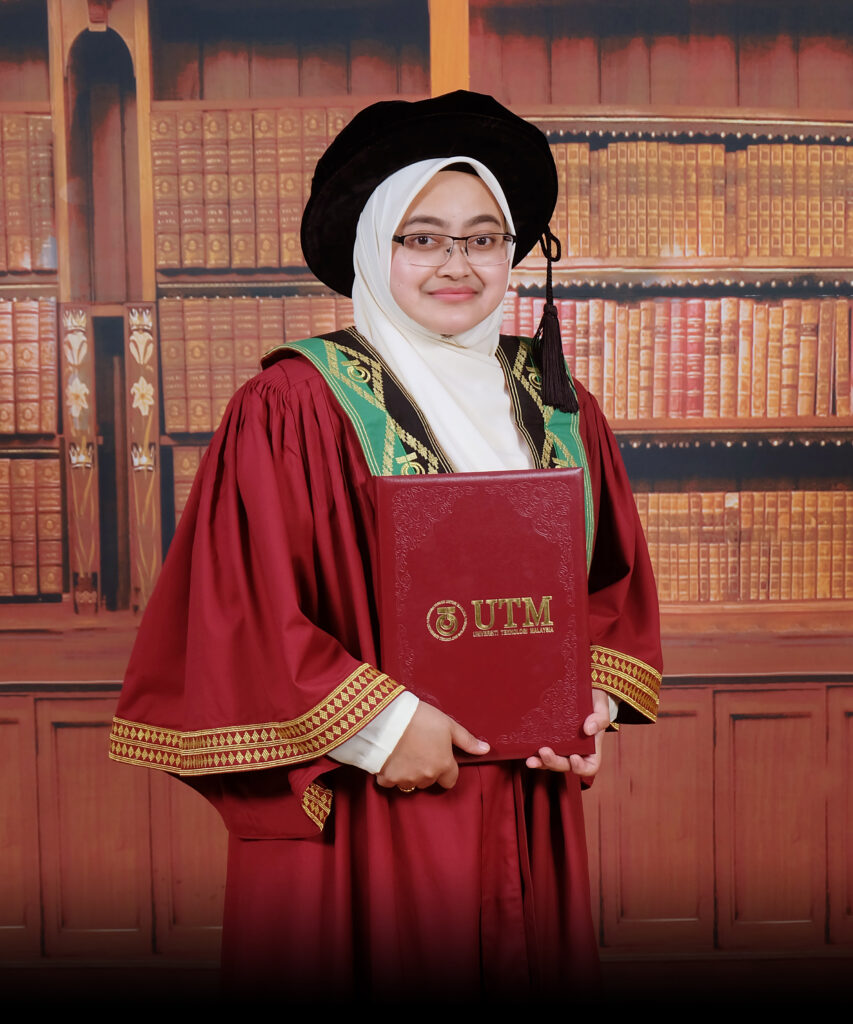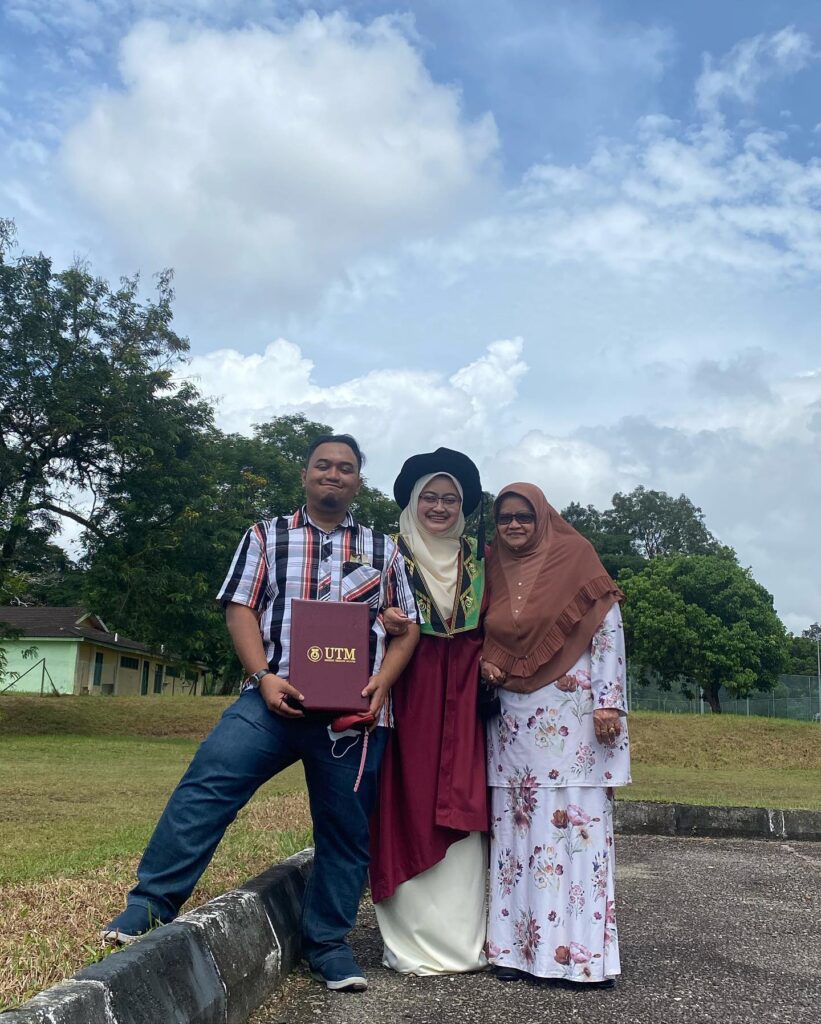UTM Blended Learning Reporting System 2023
In today’s rapidly evolving education landscape, blended learning has emerged as a powerful approach that combines the best of traditional teaching methods with the flexibility and innovation of online learning. A new chapter in pedagogical innovation has dawned as Universiti Teknologi Malaysia (UTM) introduces the revamped Blended Learning Reporting System...
Read More





